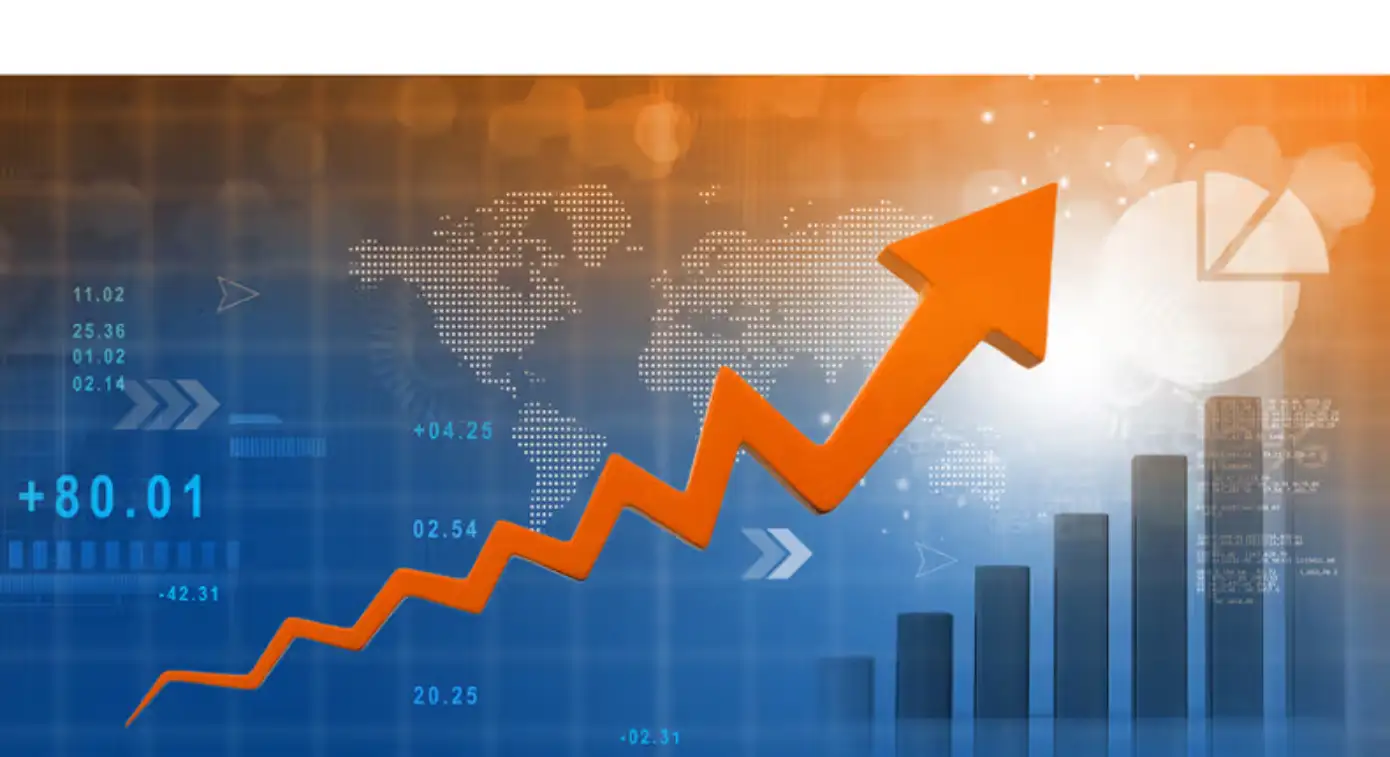Africa’s GDP growth rates: Senegal and Benin leading the way in 2025
Gross domestic product (GDP) growth remains one of the most reliable indicators of a country’s economic health. In Africa, where structural, social, and political challenges are still numerous, strong and sustained GDP growth is seen as a crucial driver of development, prosperity, and improved living conditions.

SUMMARY
According to the latest Africa’s Pulse report published by the World Bank, economic activity in Sub-Saharan Africa is expected to experience moderate yet encouraging growth: 3.3% in 2024, 3.5% in 2025, and 4.2% in 2026.
While this trend remains insufficient to address all of the continent’s challenges, it nonetheless provides grounds for cautious optimism.
Growth that fosters employment
Positive GDP growth is conducive to job creation. As businesses face rising demand, they tend to hire more workers, helping to reduce unemployment rates.
However, not everything is rosy. The Africa’s Pulse report warns that despite the projected acceleration in growth between 2025 and 2027, it will not, on its own, resolve major structural issues such as widespread poverty, food insecurity, or income inequality.
“Despite baseline projections of accelerating growth in the region between 2025 and 2027, downside risks to the outlook remain. Sub-Saharan African economies will operate in a context of heightened political uncertainty,” the report cautions.
Africa’s top growth performers in 2025
Ten African countries are projected to achieve impressive growth rates in 2025. Leading the pack is Senegal with an expected growth rate of 7.9%, followed by Benin (7.2%) and Niger (7.1%). Here’s the full ranking:
| Rank | Country | GDP Growth in 2025 (%) |
|---|---|---|
| 1 | Senegal | 7.9% |
| 2 | Benin | 7.2% |
| 3 | Niger | 7.1% |
| 4 | Rwanda | 7.0% |
| 5 | Guinea | 6.5% |
| 6 | Ethiopia | 6.4% |
| 7 | Zambia | 6.2% |
| 8 | Uganda | 6.2% |
| 9 | Zimbabwe | 6.0% |
| 10 | Cape Verde | 5.9% |
These performances could position these nations as regional economic engines and models for others to follow.


Comments